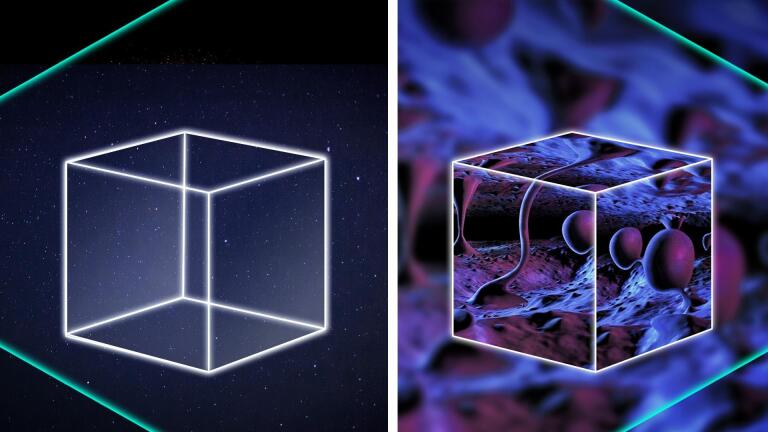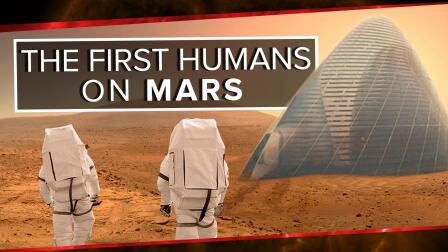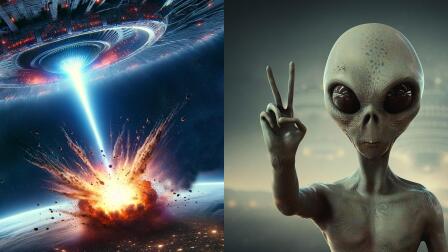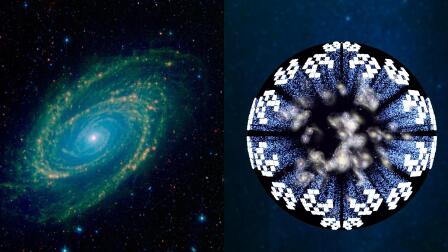Back to Show
PBS Space Time
The Future of Gravitational Waves
Season 2
Episode 36
On September 14th, 2015 LIGO announced the first detection of a gravitational wave. This was hailed at the time as the dawn of gravitational wave astronomy. However that’s only true if the we ever detect another gravitational wave. Now we have. On December 26th LIGO again observed the merger of two different black holes.
Sign up now for inspiring and thought-provoking media delivered straight to your inbox.
Support Provided By

18:32
Alien life will most likely be discovered by faint changes in the color of alien sunsets.

12:05
The 2023 Physics Nobel prize has been awarded to three physicists for attosecond physics.

15:59
With the James Webb Space Telescope we’ve now seen the earliest star ever detected.

17:24
Some are arguing that Many Worlds and Pilot Wave are really the same.

18:00
What if we could produce superconductivity at room temperature? It would change the world.

20:39
We may need to build a radio telescope in the quietest place nearby - the moon!

14:59
Spacetime on its smallest scale is an ocean of black holes and wormholes...or so we think.

11:49
Did JWST just find a new type of star powered by dark matter?

16:21
Did we just uncover new evidence to support Cold Dark Matter?

15:51
The gravitational wave background has probably been detected using a pulsar timing array.

15:05
Let’s explore how constant this speed of light fundamental constant really is.

14:39
Dark matter may be a quantum mechanical wave that literally holds galaxies together.











